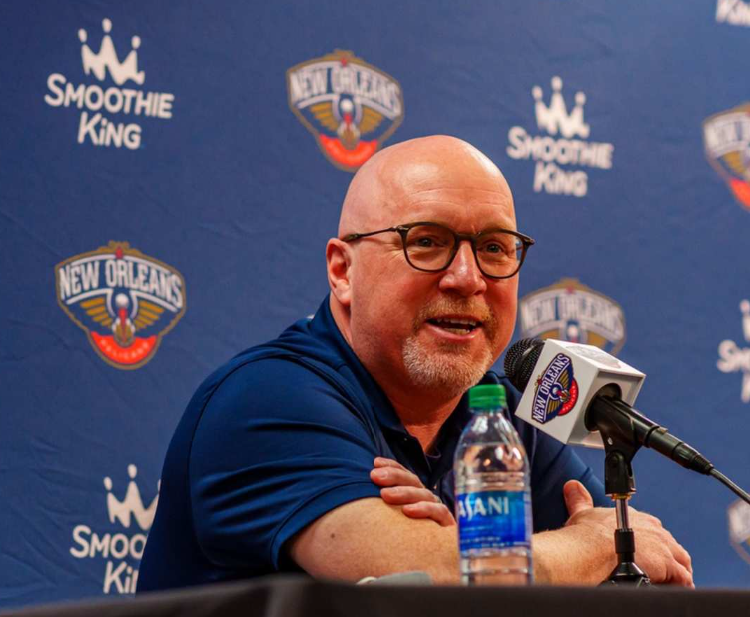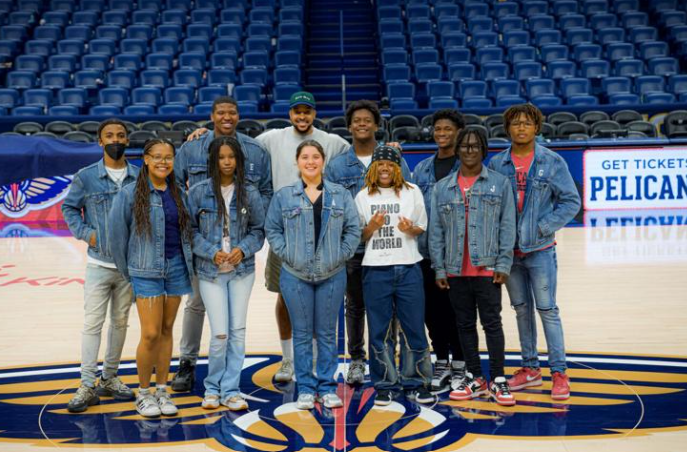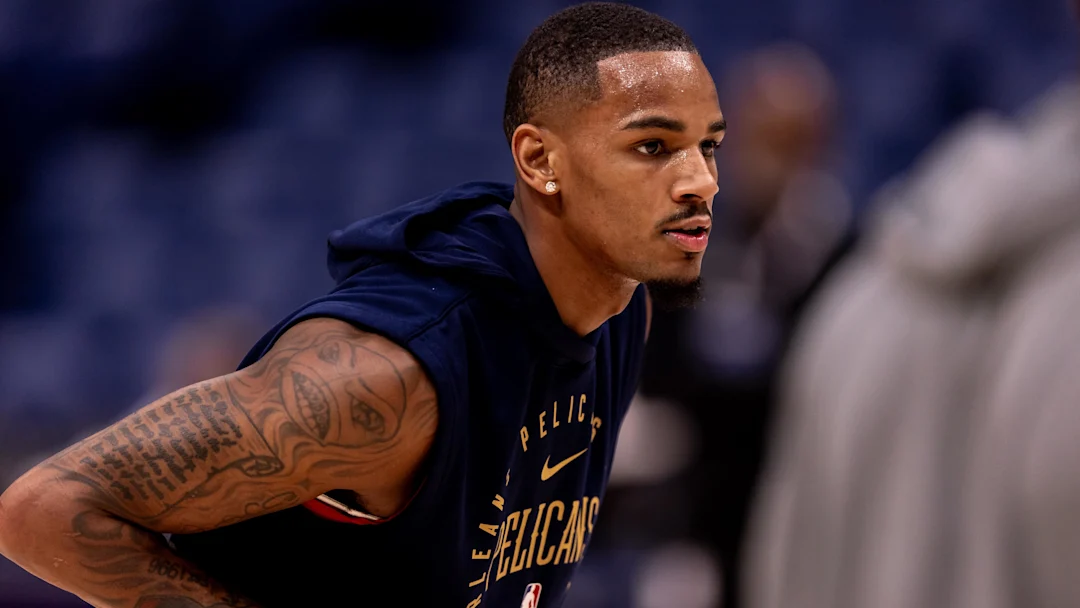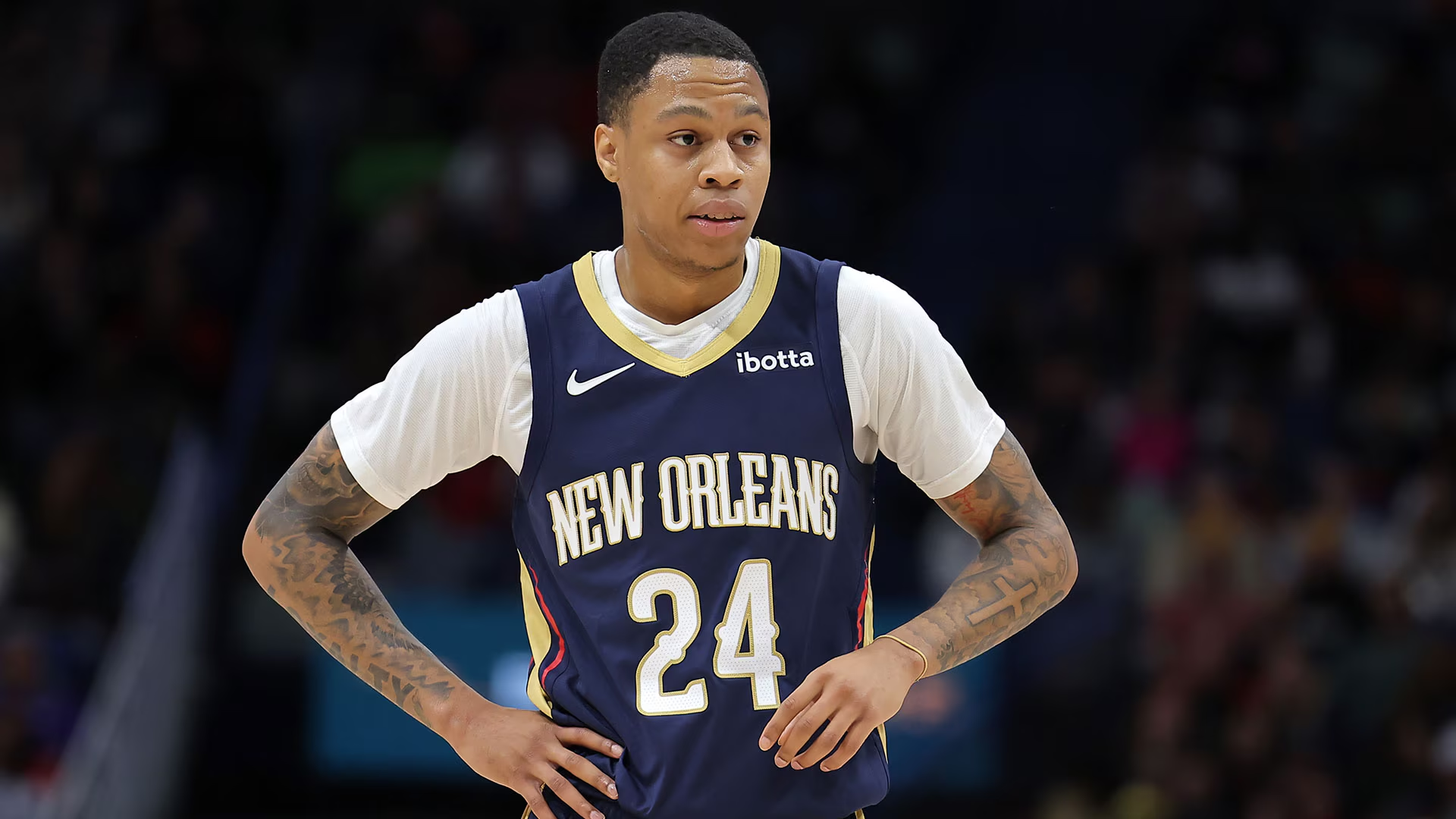With the NBA preseason approaching in less than a month, most teams have nearly finalized their rosters, leaving little room for major changes. Teams are now focusing on refining their lineups to address any remaining needs. The San Antonio Spurs, with their revamped roster, appear well-balanced, featuring a blend of experienced players like Chris Paul and Harrison Barnes, alongside promising young talents such as Victor Wembanyama and Devin Vassell, plus solid depth.
Despite these improvements, the Spurs face a challenging path to the postseason after a long absence. The road ahead will be competitive. In this context, Bleacher Report’s Andy Bailey has proposed an intriguing trade scenario involving the Spurs, Cleveland Cavaliers, and New Orleans Pelicans. This potential deal could enhance the Spurs’ playoff prospects but would require them to part with several rotation players and a future asset.
In the following analysis, we’ll explore whether this proposed trade aligns with the Spurs’ strategy and timeline, and if the potential benefits outweigh the costs.
Bleacher Report’s proposed trade involves a significant shake-up for the Spurs, Cavaliers, and Pelicans. The deal would see the Spurs acquiring Brandon Ingram and Dean Wade, while sending Keldon Johnson, Zach Collins, Jeremiah Robinson-Earl, and a protected future first-round pick to the Cavaliers. The Pelicans would receive Jarrett Allen, Caris LeVert, a 2029 first-round pick from the Spurs, and Julian Champagnie.
Here’s how the trade impacts each team:
– **Spurs:** They would get Brandon Ingram, the best player in the deal, and Dean Wade, but would have to give up three rotation players and a future first-round pick. This move could significantly alter their roster and potentially enhance their playoff chances.
– **Cavaliers:** They would gain additional depth and a future first-round pick, making their roster more versatile.
– **Pelicans:** They would acquire a much-needed starting center in Jarrett Allen, along with Caris LeVert, and two future assets (a 2029 first-round pick and Julian Champagnie).
On the surface, the trade appears beneficial for all teams involved, with each having potential reasons to justify the move. The Cavs and Pelicans might be more inclined to agree to the trade depending on their circumstances as of January 27, 2025, when the deal could be executed.
A new trade proposal brings Brandon Ingram to the Spurs in a 3-way blockbuster
The Spurs, however, are the most unpredictable factor. By then, they could either be out of playoff contention or in a battle for a play-in spot. Making such a significant trade midseason could be risky for them, depending on their position in the standings. Next, we’ll explore whether the Spurs would indeed be willing to proceed with this deal.
Brandon Ingram’s current value may seem appealing, making him a potential target for acquisition. However, bringing in a player with Ingram’s level of star power comes with significant risks. Ingram has struggled with injuries and has not demonstrated the ability to be a reliable second option on a top-tier team. His fit might be better as a third star, but the Spurs are still uncertain whether Devin Vassell can be the consistent second star they need.
The financial implications of acquiring Ingram, who would likely demand at least four years and $140 million, could be a major concern. Even with Vassell on a favorable contract for the next five seasons and Victor Wembanyama still on his rookie deal for three more years, the Spurs will need to allocate around $20-25 million annually for Jeremy Sochan in the near future. Committing a large portion of their cap space to Ingram could undermine their financial flexibility and hinder their ability to build a balanced roster.
Moreover, adding Ingram could potentially disrupt the development of the Spurs’ younger players. For instance, a player like Castle, who would need significant playing time to develop, might be relegated to a smaller role behind an all-star. This could also negatively impact the growth of potential future draft picks in 2025 or 2026.
Additionally, trading away Zach Collins could create depth issues, especially since the Spurs currently lack a reliable backup center with Charles Bassey still recovering from an ACL injury. If either Wembanyama or Ingram were to get injured, the team’s depth would be severely tested without Johnson or Collins. The inclusion of a distant first-round pick in 2029 also adds to the complexity of the trade.
Given these considerations, the proposed deal might not align well with San Antonio’s long-term strategy. It could be more prudent for the Spurs to assess their roster’s development before making such a significant move.




